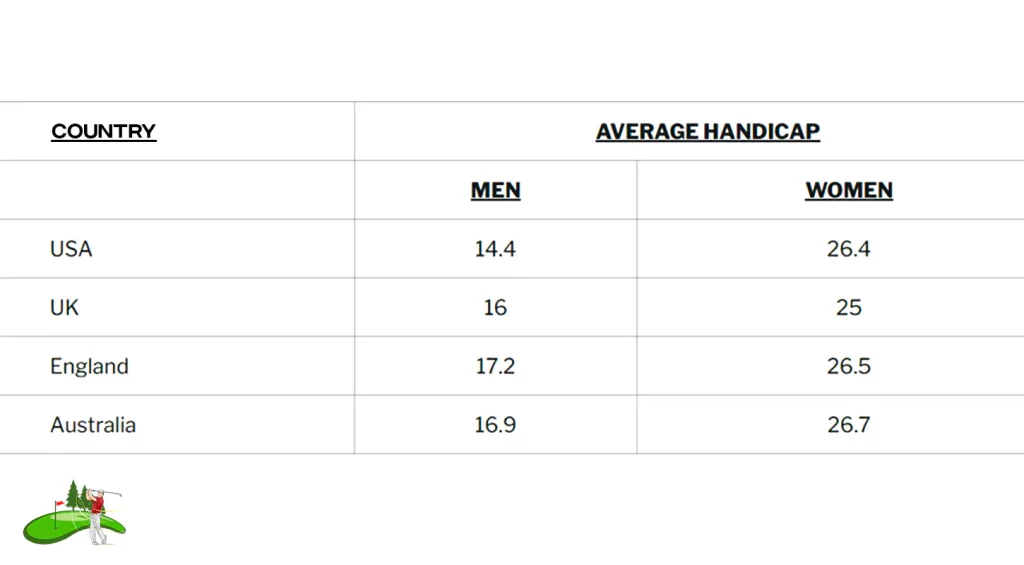Average Handicap in Golf [Complete Guide]
An average handicap in golf serves as a reference point to gauge the skill and performance of golfers within a specific context. Whether it’s a local golfing community, a region, or even internationally. Understanding the average handicap landscape provides valuable insights into the overall skill distribution and progress of golfers.
In this complete guide, we will explore various aspects related to the average handicap in golf. Whether you are a seasoned golfer, a beginner looking to improve, or simply curious about the average handicap in golf, this comprehensive guide aims to provide a deeper understanding of this integral aspect of the game. So, let’s explore the world of golf handicaps. And also gain valuable insights into the skill levels and progress of golfers across various contexts.
Why is there a Handicap system?
The handicap system in golf serves as a means to level the playing field and allow players of varying skill levels to compete on an equitable basis. Golf is a sport that can be challenging for beginners and Similarly for highly skilled players. So, most importantly, the handicap system provides a way to account for these differences and ensure fair competition by adjusting scores based on a golfer’s skill level.
Average Handicap in Golf
The average golf handicap serves as a reference point to gauge the skill level of players within a given golfing community or population. The average handicap can vary depending on factors. Such as the region, golf association, and the demographic of golfers being considered. On average, handicaps typically range from around 14 to 20 for amateur golfers.

How do men and women Handicap in Golf differ?
Handicaps for men and women follow the same basic principles. However, there can be slight variations in the calculation and adjustment processes due to physiological and statistical differences between genders. In some cases, women may receive additional strokes to account for the average differences in driving distances or other performance factors.

Average Handicaps in Different Countries:
Handicap averages can vary significantly from country to country. Factors such as golf culture, accessibility, and the number of active golfers in a particular country can influence the average handicap. For example, countries with a long-standing golf tradition and a large number of golfers may have lower average handicaps. Compared to countries where golf is less popular.
History of the Handicap System in Golf?
The handicap system has evolved over centuries, with its origins dating back to the 18th century. The modern handicap system, as we know it today, was formalized in the early 20th century. With the establishment of national and international golf associations. These associations implemented standardized rules and guidelines to ensure fair competition and promote the growth of the game.
How to become a scratch golfer?
Becoming a scratch golfer, or achieving a handicap index of 0.0, requires a high level of skill, dedication, and consistent performance. It involves honing various aspects of the game, including driving, iron play, short game, and putting. Seeking professional instruction, practicing regularly, and playing in competitive environments can all contribute to the journey of becoming a scratch golfer.

Conclusion of Average Handicap in Golf
Understanding the average handicap in golf provides insights into the skill levels and progress of golfers within a specific context. Handicaps enable fair competition and allow players to track their improvement over time. While average handicaps can differ among regions and demographics. They serve as a reference point to evaluate individual progress and the overall golfing landscape.







